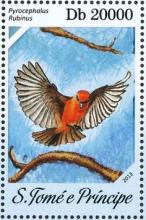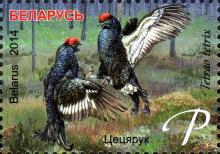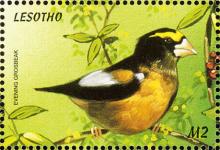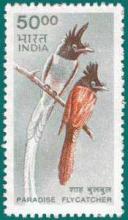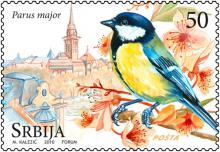Bundesweit ist der Bestand der Stieglitze seit 1990 um knapp 50 Prozent zurückgegangen
Es ist meistens eine zweifelhafte Ehre, wenn eine Art für die Auszeichnung Tiere und Pflanzen des Jahres nominiert wird. 2016 sind das unter anderem der Hecht, der Stieglitz oder die Wiesenschlüsselblume. Klingt nach Allerweltsarten, die jeder kennt und die weit verbreitet sind. Aber es handelt sich um Tiere und Pflanzen, deren Lebensräume sich auch im Landkreis München verändern, was dazu führt, dass die Populationen abnehmen. Der Stieglitz (Carduelis carduelis) zum Beispiel. Bundesweit ist der Bestand der Stieglitze seit 1990 um knapp 50 Prozent zurückgegangen.



